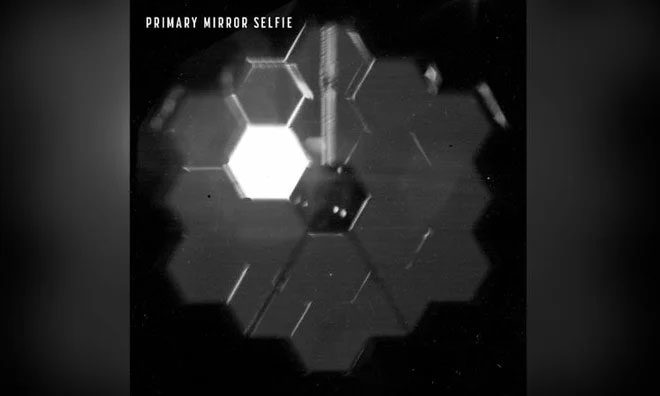The James Webb Space Telescope (JWST) of NASA has captured its first image of a star, opening up opportunities for scientists to explore the mysteries of the early universe.
On February 11, NASA announced that the James Webb Space Telescope has observed and photographed its first star outside of our solar system.
This is a bright star in the constellation Ursa Major, known as HD 84406, located 241 light-years away from Earth.
“The entire research team is amazed that the initial steps of capturing images and aligning the telescope went smoothly,” said Marcia Rieke, the principal investigator from the University of Arizona.
“We are thrilled to see the light entering NIRCam,” she added.

The primary mirror of James Webb in a selfie. (Photo: NASA).
The image was captured through a special lens – the Near Infrared Camera (NIRCam), which will be used to help scientists align the telescope’s enormous 18K gold-coated mirror.
Previously, NASA had stated that a selfie image was not feasible. Therefore, this news has surprised and delighted space science enthusiasts.
The James Webb Telescope is set to begin its scientific mission this summer. It will employ high-resolution instruments to “look back” at the 13.5 billion-year history of the universe, when the first stars formed after the Big Bang.
The James Webb Space Telescope was launched into space on December 25, 2021, after a decade of delays. This $10 billion mission will provide scientists with the opportunity to unlock the mysteries of the early universe.





















































